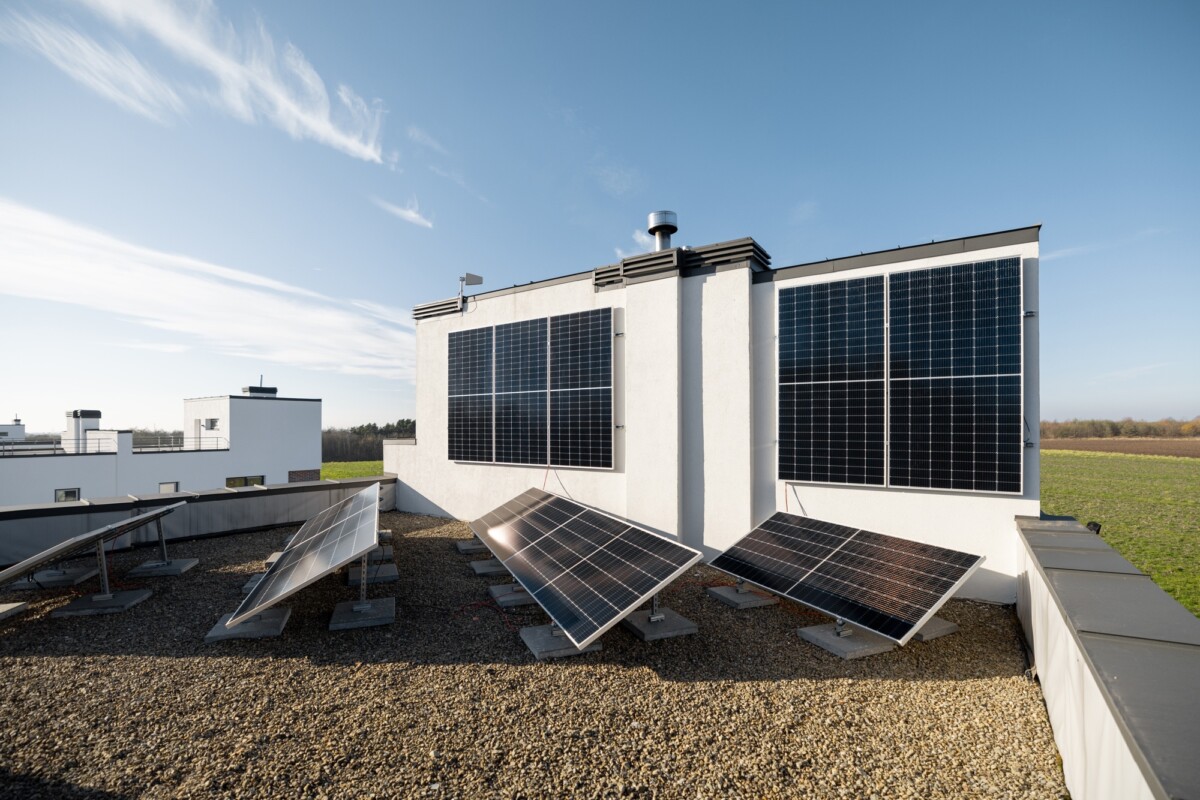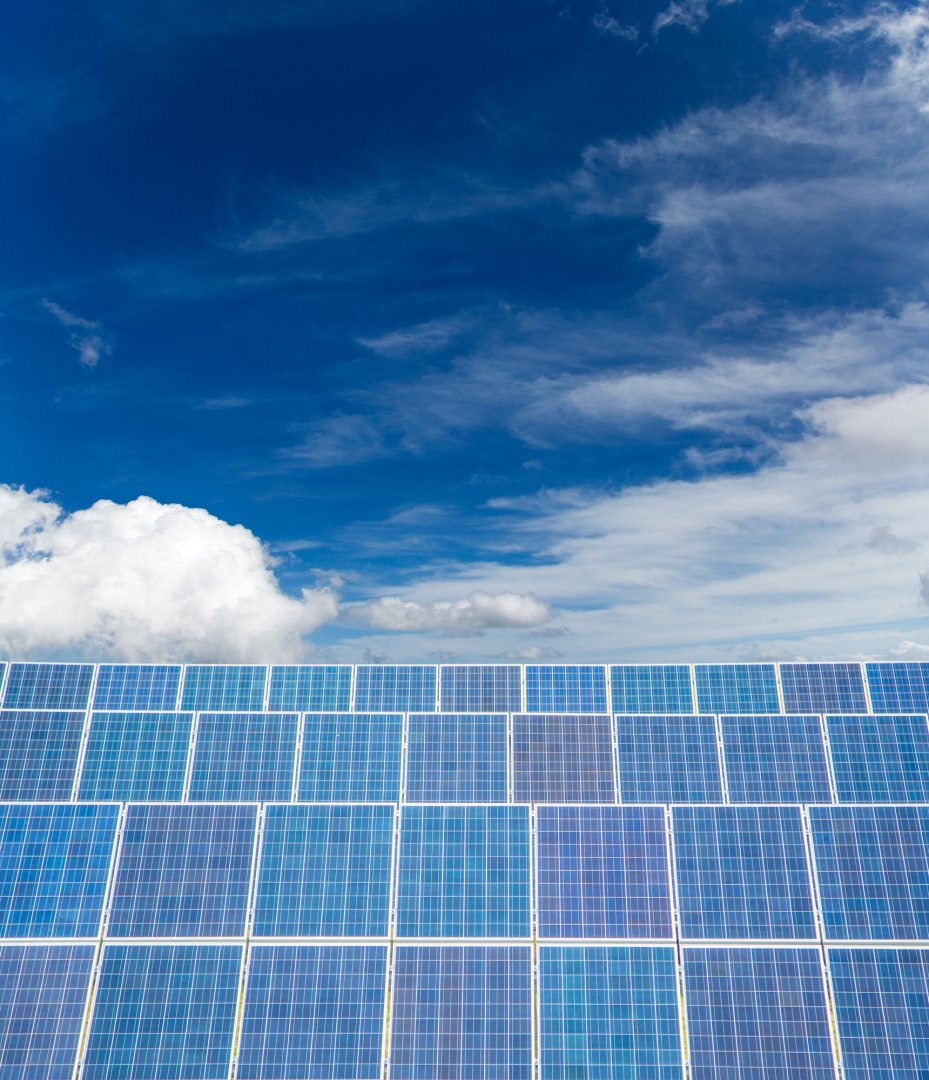As the world becomes more focused on renewable energy, more and more schools are turning to solar panels to power their buildings. This is because solar energy is clean and renewable and can help schools save money on their energy bills. Now, we’ll look at solar panels for schools benefits.
Solar Panels for Schools Benefits
Cost savings
One of the primary benefits of installing solar panels on a school’s roof is cost savings. Solar panels generate electricity by harnessing energy from the sun. This energy is converted into electricity, which can be used to power the school’s lights, computers, and other electronic equipment.
By generating their own electricity, schools can reduce their reliance on the power grid, which can help lower their energy bills. In some cases, schools may even be able to generate enough electricity to sell it back to the grid, earning money from their excess energy.
Environmental benefits
Solar panels for schools also have a good effect on the environment. Solar energy is a renewable, zero-emissions option for power generation. Schools can reduce their carbon footprint by installing solar panels on their roofs and help fight climate change.
In addition, schools that choose to install solar panels have an additional opportunity to teach their pupils about the value of renewable energy and how it contributes to environmental sustainability. This can help create a culture of sustainability in the school community and beyond.
Educational opportunities
In addition to the environmental benefits, solar panels also provide unique educational opportunities for students. By installing solar panels on their roofs, schools can create a living laboratory where students can learn about renewable energy and how it works.
For example, students can monitor the performance of solar panels and learn about the different factors that can impact their efficiency. They can also learn about the science behind solar energy and the technology used to convert it into electricity.
Improved resilience
Another benefit of solar panels for schools is improved resilience. During power outages, schools with solar panels can continue to generate their own electricity, ensuring that critical systems like emergency lighting and communication equipment remain operational.
This may be especially crucial in regions frequently hit by hurricanes, tornadoes, or earthquakes. In these situations, having a reliable source of electricity can be the difference between life and death.
Enhanced reputation
Finally, solar panels can also enhance a school’s reputation in the community. Schools can attract environmentally-conscious students and families by demonstrating a commitment to sustainability and renewable energy. This can help increase enrollment and make the school more competitive in the local market.
In addition, installing solar panels can also be a way for schools to showcase their commitment to social responsibility and community engagement. This can help build positive relationships with local businesses and organizations and help the school become a more integral part of the community.

Real-World Examples of Solar Panel Implementation in Schools
Solar panel implementation in schools is becoming increasingly popular as a way to promote sustainability and teach students about renewable energy. Here are some real-world examples of solar panel implementation in schools:
- Lake Washington Institute of Technology in Kirkland, Washington: In 2010, the school installed a 10-kilowatt solar panel system on the roof of one of its buildings. The system generates approximately 11,000 kilowatt-hours of electricity annually, which is used to power the building’s lighting and other electrical systems.
- Harmony Public Schools in Texas: This charter school network has installed solar panels on the roofs of several of its campuses. A total of 6.4 MW of electricity is produced by the panels, enough to supply all of the schools’ lighting, HVAC, and computer needs.
- Monarch School in San Diego, California: This school serves homeless and at-risk students and has installed a 29-kilowatt solar panel system on its campus. The system generates approximately 42,000 kilowatt-hours of electricity annually, which is used to power the school’s lighting, computers, and other electrical systems.
- Clark and Lewis College in Portland, Oregon: The college has installed a 42-kilowatt solar panel system on the roof of its library. The system generates approximately 47,000 kilowatt-hours of electricity annually, which is used to power the library’s lighting and other electrical systems.
- Ann Arbor Public Schools in Michigan: The school district has installed solar panels on the roofs of several of its schools. The panels produce 1.1 MW of electricity, enough to run the schools’ lighting, HVAC, and other electrical needs.
Conclusion
With their cost-effectiveness, low environmental impact, and unique teaching potential, solar panels are quickly becoming popular in schools. Schools can generate their own electricity, limit their use of the power grid, and promote environmental consciousness by installing solar panels.
In addition, solar panels can also help schools improve their resilience during power outages and enhance their reputation in the community. As the world becomes more focused on renewable energy, schools that embrace solar power will be well-positioned to thrive in a changing world.
FAQS
What are solar panels for schools?
Solar panels for schools are photovoltaic panels that are installed in educational institutions to generate clean and renewable energy from the sun.
How can solar power benefit educational institutions?
Solar power can reduce energy costs, provide educational opportunities for students, and promote sustainable practices that benefit the environment and the community.
How do solar panels work in schools?
Solar panels in schools convert sunlight into direct current (DC) electricity, which is then converted into alternating current (AC) electricity for use in the school’s electrical system.
What is the cost of installing solar panels in schools?
The cost of installing solar panels in schools varies depending on the size of the installation, the type of panels used, and the local incentives available. However, the cost has decreased significantly recently, making solar power more affordable for schools.
Can schools generate enough solar energy to power their entire facility?
Yes, schools can generate enough solar energy to power their entire facility if the installation is sized appropriately and the school’s energy consumption is managed effectively.
How long do solar panels last in schools?
Solar panels in schools can last for 25-30 years or more with proper maintenance and cleaning.
Are there any government incentives for schools to install solar panels?
Yes, many states and local governments offer incentives such as tax credits, grants, and rebates to schools that install solar panels.
What educational opportunities can solar power provide for students?
Solar power can provide opportunities for students to learn about renewable energy, sustainable practices, and the science and technology behind solar panels.
How can solar power benefit the environment and the community?
Solar power can reduce greenhouse gas emissions, improve air and water quality, and promote energy independence and security for the community.
What are some successful examples of solar power in schools?
There are many successful examples of solar power in schools, including installing a 6.2 MW solar array at the University of California, Merced, and installing solar power at over 200 schools in Massachusetts through the Solarize Massachusetts program.











